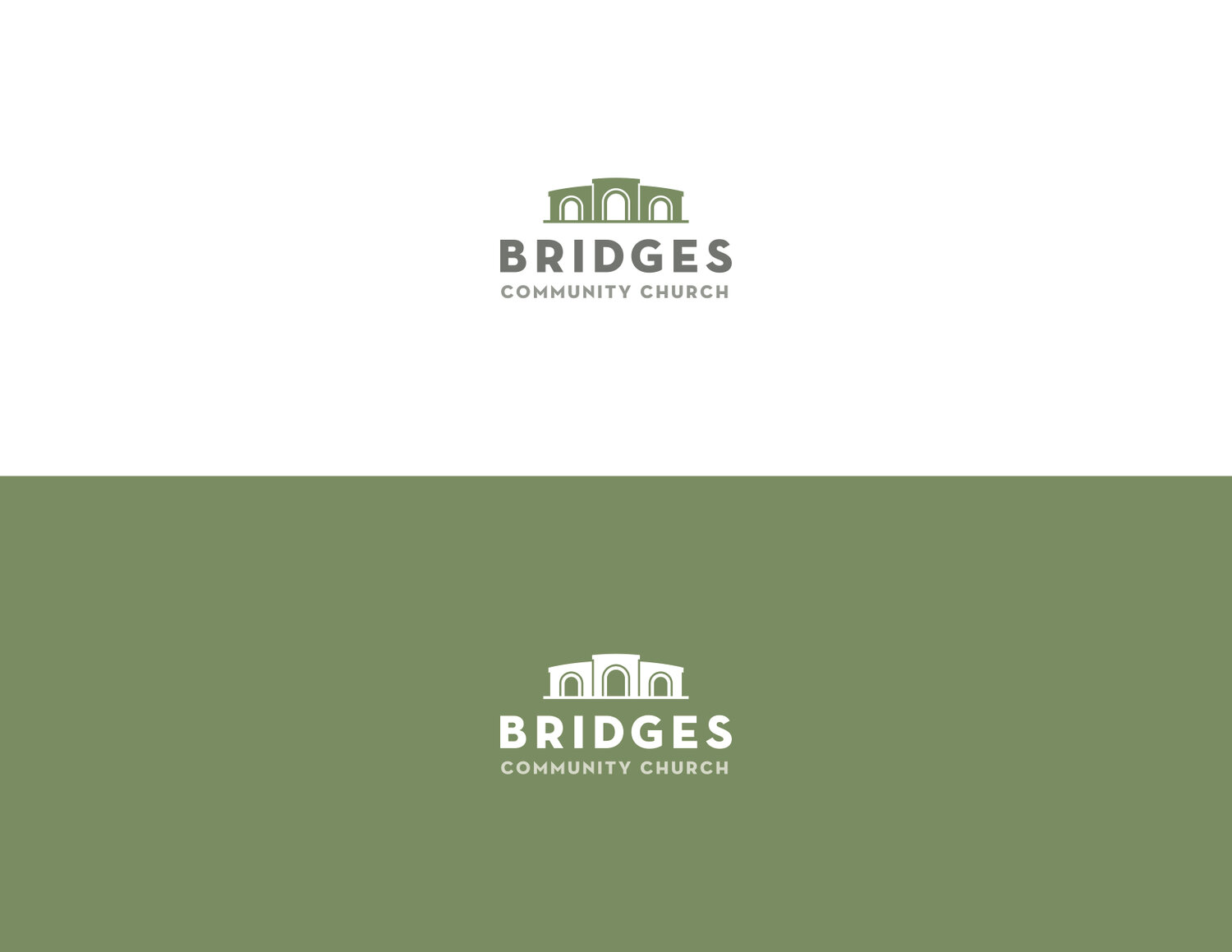Who Should Be Baptized?
What is baptism?
Churches practice baptism in different ways so I wanted to clarify what Bridges Community Church believes about baptism.
Every Christian church generally agrees that baptism is a sacred rite commanded by Jesus where a person is washed in water in the name of the Father, Son, and Holy Spirit. All churches also agree that anyone who comes to faith in Jesus as Lord and Savior should be baptized.
But what does baptism mean exactly? We believe that baptism signifies four main things:
1. Washing from sin - A significant aspect of salvation is cleansing from sin (1 Cor 6:9-11) by the death of Jesus on the cross (1 Jn 1:7-9). Baptism symbolically points to this aspect of salvation. Just like water washes the external dirt from our bodies, so the blood of Christ cleanses the “dirt” of sin from our inward spirits.
2. Baptism by the Holy Spirit - In Acts 1:5, Jesus describes the coming of the Holy Spirit to believers as a baptism, analogous to the baptism of water by John the Baptist. Baptism points to the new spiritual life that a believer has because the Holy Spirit lives in him or her.
3. Union with Christ - When the Holy Spirit lives in a believer, that person is united with Jesus Christ. Paul writes; “Do you not know that all of us who have been baptized into Christ Jesus were baptized into his death? … And if we are united with Christ in a death like his, we shall certainly be united with him in a resurrection like his” (Rom 6:3-5).
4. Union with other believers - If we are united with Christ, we are united with all believers, We are “all baptized into one body—Jews or Greeks, slaves or free” (1 Cor 12:13). That body is the Church, God’s covenant community.
Who should be baptized?
Every church believes that someone who is not baptized and has come to faith in Jesus ought to be baptized. Where churches might disagree is whether to baptize the children of believers. (In fact, I was raised in a different tradition, so this is a change of my personal convictions. I’ll write more about that later.)
Bridges Community Church, in line with what is known as the Reformed tradition outlined in the Westminster Confession, baptizes the children of believers. Why?
We believe that baptism is a sign of the covenant relationship between God and his people and that God includes children in that covenant community. This inclusion of children in the covenantal community is a part of biblical teaching that stretches from the Old and New Testament.
I’ll briefly outline the major points of this covenant theme and it’s connection to baptism in the Bible:
1. A sign of the covenant was originally given to Abraham (Gen 17:1-2) in the form of circumcision—for adults and children—for him and his descendants (Gen 17:9-14). This covenant sign symbolized the removal of spiritual uncleanness from God’s people (Deut 10:16, 30:6; Jer 4:4) and marked them as set apart from the rest of humanity in God’s covenant community (Ex 12:48; Jer 9:25-26).
2. In the New Testament, God’s covenant with Abraham continues. The apostle Paul writes: “Those who believe are children of Abraham,” (Gal 3:7) not because we are somehow long-lost relatives of Abraham, but because Jesus is Abraham’s offspring (Gal 3:16) in whom all of the promises of God to Abraham are fulfilled. By faith in Christ, we are united with him, heirs of the promises of God, included as part of Abraham’s offspring, and thus part of God’s covenant family (Gal 3:29).
3. In the New Testament, the sign of the covenant changes from circumcision to baptism. In the Old Testament, circumcision pointed forward in time to the shedding of Christ’s blood to remove sin from God’s people. In the New Testament, Christ has already shed his blood on the cross for his people, so the sign of the covenant changes to baptism, as a way to point to and connect those who are baptized with his death (Rom 6:3), while still signifying the washing away of sin through his sacrifice on the cross (Col 2:11; Acts 22:16).
4. Though the sign of the covenant changes, the recipients stay the same. New Testament believers naturally applied the new sign of the covenant to themselves and their children in the same way the previous sign of the covenant, circumcision, was applied—before a child was able to express personal faith. That is, baptism is for adult converts and their children.
With the background of the covenant of grace in mind, Peter’s exhortation in Acts 2:38-39 takes on full meaning: “Repent and be baptized every one of you in the name of Jesus Christ for the forgiveness of your sins, and you will receive the gift of the Holy Spirit. For the promise is for you and for your children and for all who are far off, everyone whom the Lord our God calls to himself.”
At Bridges, we take each part of this exhortation to heart. We want all people, regardless of background both near and far, to know that God has promised blessing and salvation to all who repent and believe in Christ. This promise of God is signified and sealed by baptism, for all who believe and for their children.

